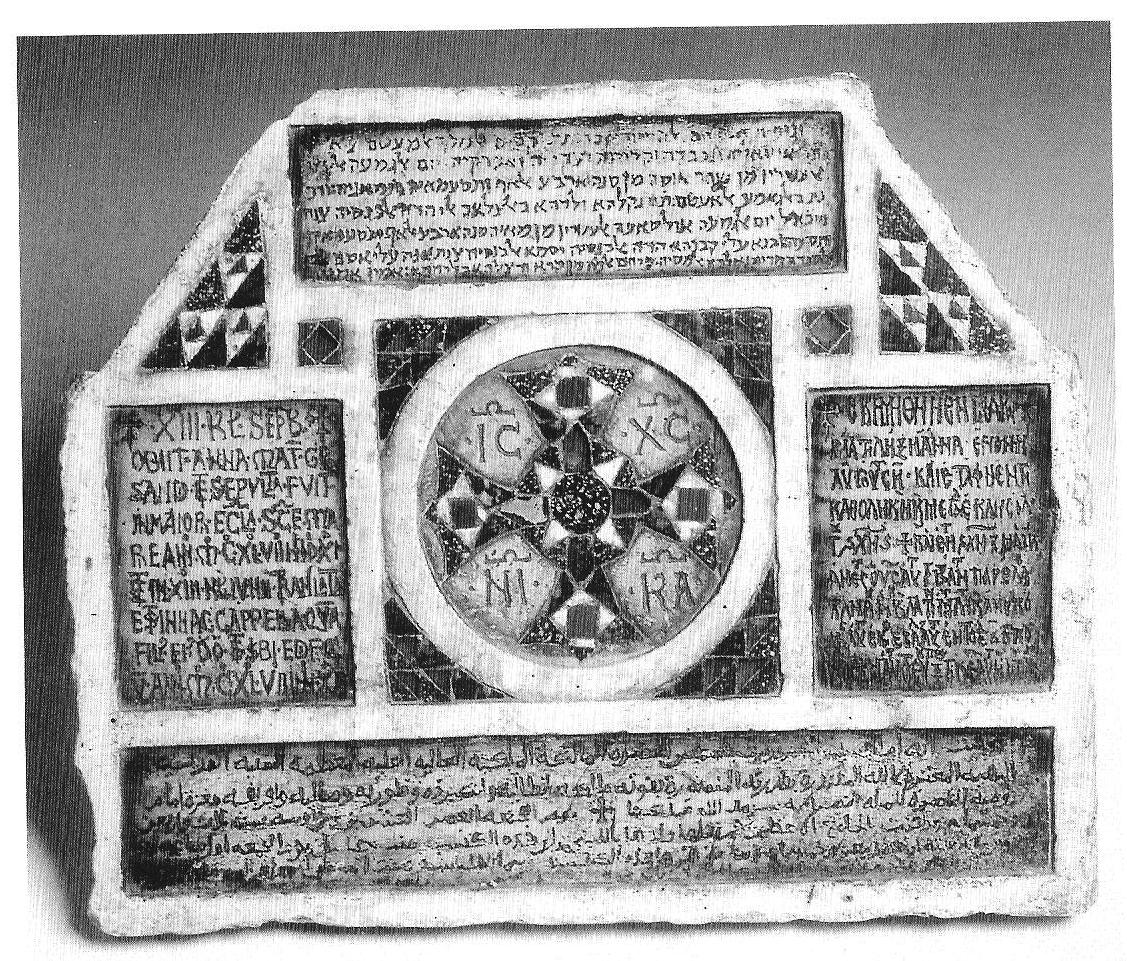
What is ‘difference’, ‘otherness’, between cultures? How can it be defined? What happens when two or more very different cultures meet each other in the same spatial scenario? Which are the different possibilities? Cultural transfer, dialogue among them, mutual acknowledgement or mutual indifference, or hostility and refutation? Are there forms or figures of mediation? Can written texts of the past help us to answer these questions and even bring suggestions to contemporary issues?
This course intends to study what written texts of the medieval past can teach us about cohabitation, convivence, symbiosis or struggle between communities. It shall introduce students to texts, genres, institutions and authors operating in two crucial crossroads of cultures as Spain and Sicily during the period traditionally defined as Western Middle Ages (5th-15th centuries), in order to delineate a landscape of interactions (or sometimes clashes) between the different civilisations of the Mediterranean basin: Latin, Romance Vernacular, Hebrew, Arabic, Greek-Byzantine. Two other very important crossroad, as Byzantium and the Crusaders States of the Levant, shall be object of future Seminars.
We will study here the special situation of Spain and Sicily as places of cohabitation of people and cultures, and the products of this cross-cultural multisecular contact, like translations, vernacular texts in arabic, hebrew and greek alphabets, narratives of the 'other' but also artistic manufacts: epigraphies, coins, architecture. Special attention will be given to scholarly debates about the issues of this multisecular contact and its effects on future 'nationl' history.
Knowledge of the abovementioned languages is not required. Texts and secondary literature will be read in American/English. If not available, translations will be provided by the teacher.
This course intends to study what written texts of the medieval past can teach us about cohabitation, convivence, symbiosis or struggle between communities. It shall introduce students to texts, genres, institutions and authors operating in two crucial crossroads of cultures as Spain and Sicily during the period traditionally defined as Western Middle Ages (5th-15th centuries), in order to delineate a landscape of interactions (or sometimes clashes) between the different civilisations of the Mediterranean basin: Latin, Romance Vernacular, Hebrew, Arabic, Greek-Byzantine. Two other very important crossroad, as Byzantium and the Crusaders States of the Levant, shall be object of future Seminars.
We will study here the special situation of Spain and Sicily as places of cohabitation of people and cultures, and the products of this cross-cultural multisecular contact, like translations, vernacular texts in arabic, hebrew and greek alphabets, narratives of the 'other' but also artistic manufacts: epigraphies, coins, architecture. Special attention will be given to scholarly debates about the issues of this multisecular contact and its effects on future 'nationl' history.
Knowledge of the abovementioned languages is not required. Texts and secondary literature will be read in American/English. If not available, translations will be provided by the teacher.
- Teacher: סטפנו רפיזרדה